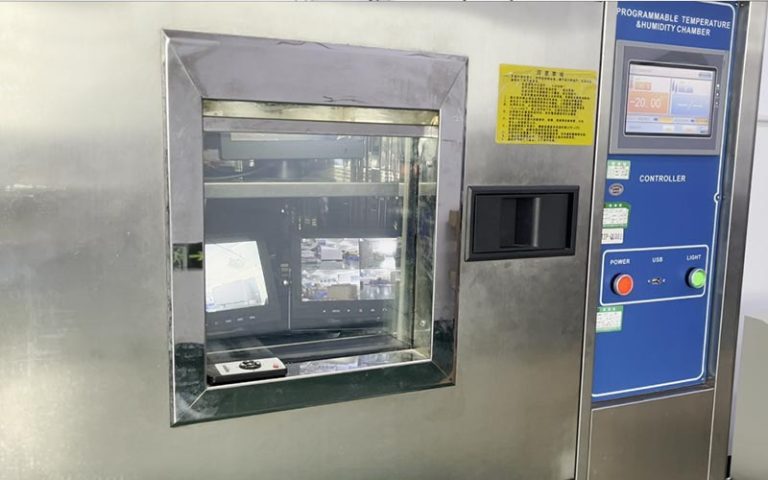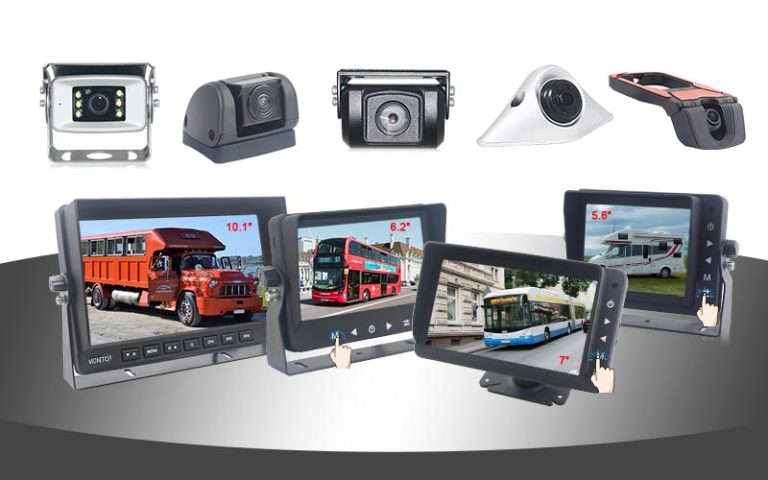There are significant design, performance and application differences between in-car and home cameras that stem from their respective environments of use and functional requirements.
Table of Contents
Design requirements and installation
Car cameras have a number of special requirements for installation. Firstly, they must be small and lightweight to ensure that they do not detract from the appearance of the vehicle. In addition, the camera needs to be securely fastened to prevent vibrations generated while the vehicle is in motion from adversely affecting the monitoring effect. The requirement for vibration resistance enables the on-board camera to provide stable surveillance in complex vehicle environments. Most importantly, in-vehicle cameras need to have built-in infrared LED night vision lights to ensure that they can still easily monitor their surroundings in low-light situations, such as in the dark of night.
In contrast, home cameras are mainly used in interior design, where the design and installation conditions are quite different. As vehicle movement and vibration do not need to be taken into account, the design of home cameras is more diversified, and the appearance is more focused on fashion and coordination with the home environment.
Production process and waterproof rating
There are significant differences between home and car cameras in terms of production process, waterproof rating, anti-aging performance and anti-vibration performance. Household cameras usually do not need to have the same high-strength shockproof performance as car cameras, and the production process and waterproof rating are relatively low. This leads to a certain gap between home cameras and car cameras in terms of industrial technology level, and also explains why the market price of car cameras is usually higher.
Night vision effect and resolution
Car cameras have significant improvement in night vision effect, high definition and wide viewing angle. Using industrial-grade camera chips, car cameras are able to provide clear surveillance images at night. However, in contrast, the pixels of car cameras are usually low, usually around 300,000, which is much lower than the pixels of newly released mobile phone cameras and even high-end mobile phones.
These differences therefore make car cameras more suitable for car security monitoring, car recording and other fields, while home cameras are more inclined to indoor monitoring, home security and other aspects. With the development of technology, car cameras have not only improved in night-time shooting, but also made significant progress in high-definition and wide-viewing angle, which meets users’ needs for more comprehensive surveillance.
Overall, the different design concepts and functional characteristics of car cameras and home cameras make them play their respective advantages in different scenarios, constituting a diversity in the field of camera technology.


